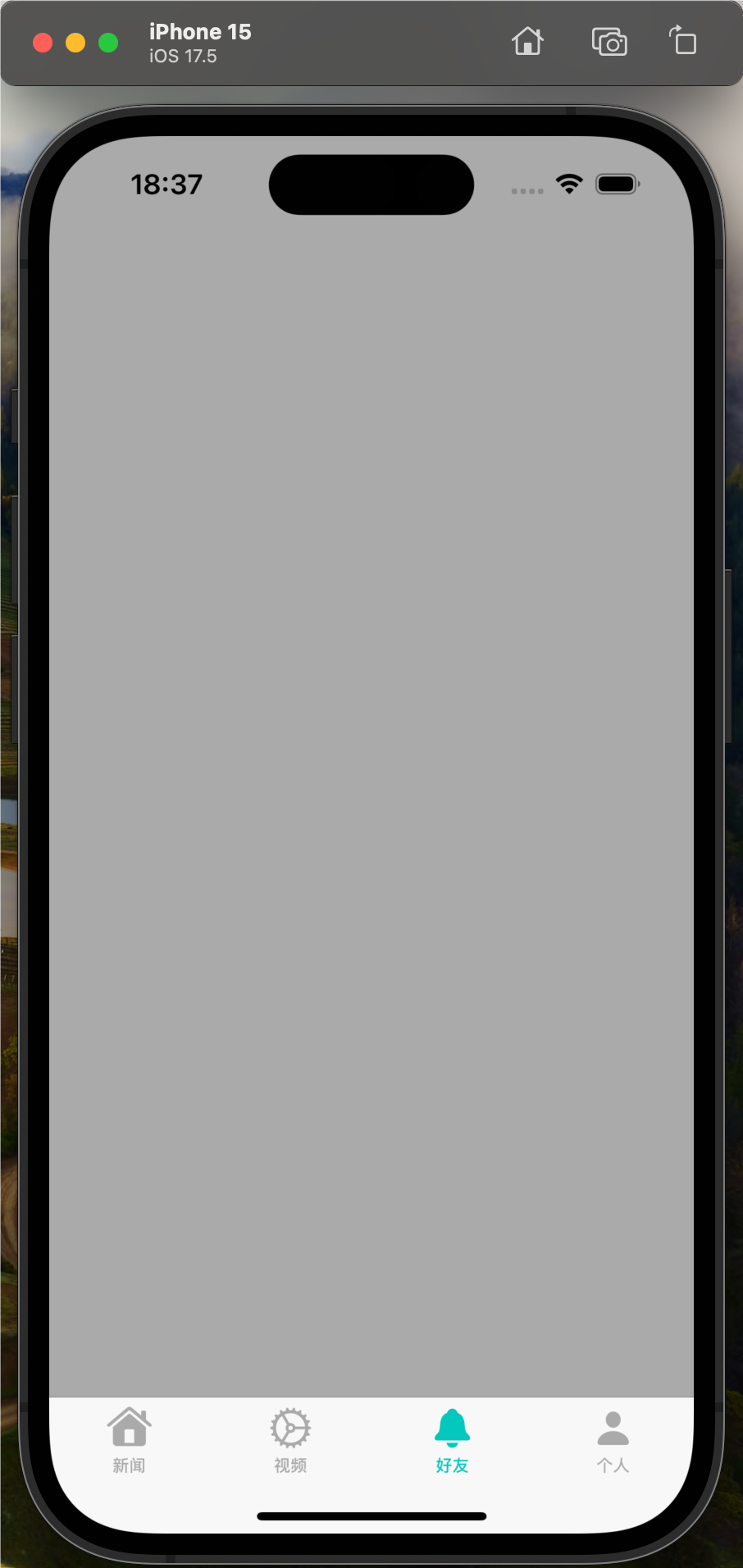在我们的应用程序中,用户必须注册到设备biometry才能使用它进行身份验证.
注册文本和法律注释根据相关的生物统计学(注册到触摸ID或注册到面部ID)
据我所知,生物测定类型可通过LAContext获得,但如果用户拒绝使用生物测量,则上下文返回biometryType = .none
注册文本和法律注释根据相关的生物统计学(注册到触摸ID或注册到面部ID)
据我所知,生物测定类型可通过LAContext获得,但如果用户拒绝使用生物测量,则上下文返回biometryType = .none
任何其他要求屏幕尺寸和与iPhone X(坏的坏代码)比较的想法?
static fileprivate var biometryType: DSLocalAuthenticationBiometryType {
let context = LAContext()
var error: NSError?
let _ = context.canEvaluatePolicy(.deviceOwnerAuthenticationWithBiometrics,error: &error)
if #available(iOS 11.0,*) {
return context.biometryType == .typeFaceID ? .typeFaceID : .none
}
else {
return .none
}
}
谢谢
解决方法
我有同样的问题,我刚刚发现,如果你对LAPolicyDeviceOwnerAuthentication而不是LAPolicyDeviceOwnerAuthenticationWithBiometrics进行评估,即使用户拒绝了许可,评估也会成功,你得到正确的biometryType.你的代码就像
static fileprivate var biometryType: DSLocalAuthenticationBiometryType {
let context = LAContext()
var error: NSError?
let _ = context.canEvaluatePolicy(.deviceOwnerAuthentication,error: &error)
if #available(iOS 11.0,*) {
return context.biometryType == .typeFaceID ? .typeFaceID : .none
}
else {
return .none
}
}
注意:在没有touch id和face id的设备上,它仍然返回YES,所以你不知道设备是否真的具有生物特征hw,iOS是否低于11(不暴露属性biometriyType)
更新
对于iOS 10或更低版本的设备,您可以使用
像往常一样,LAPolicyDeviceOwnerAuthenticationWithBiometrics会正常运行(无论设备是否支持触摸ID,都返回true),因此只需区分正在运行的操作系统版本:)
让我知道它是否有效:)
最好

